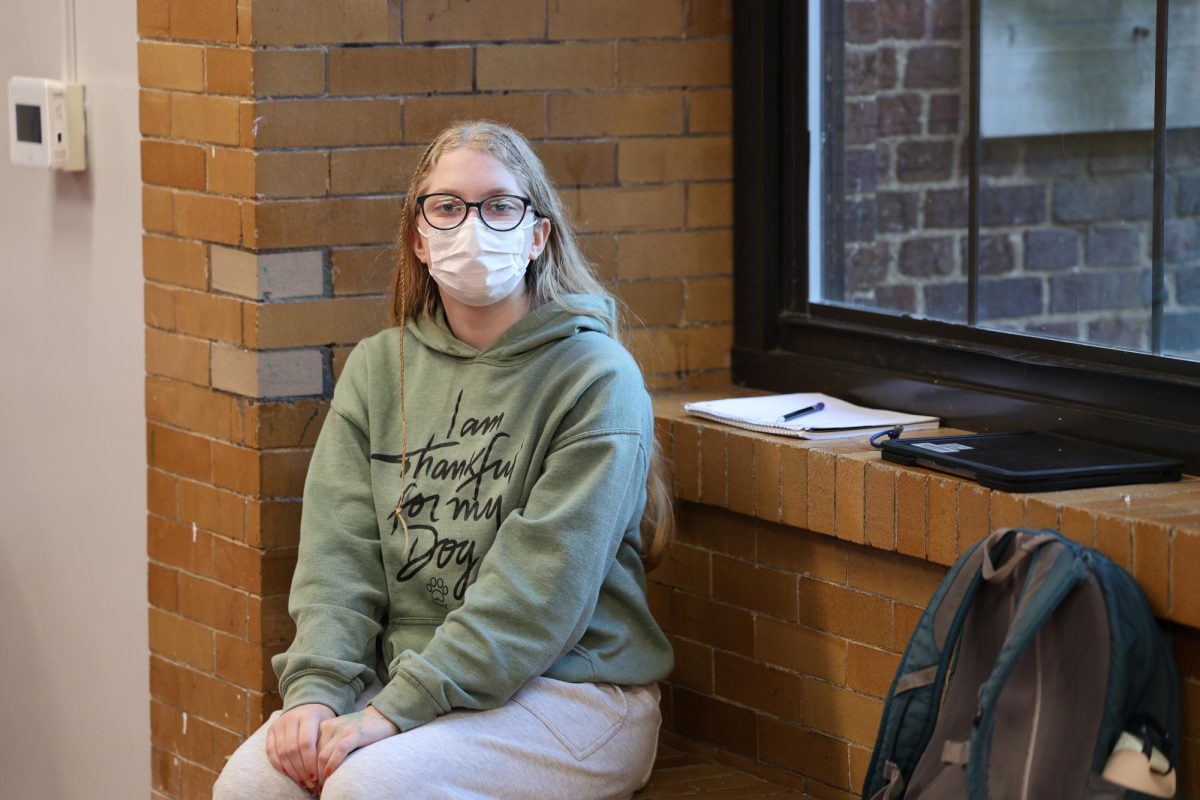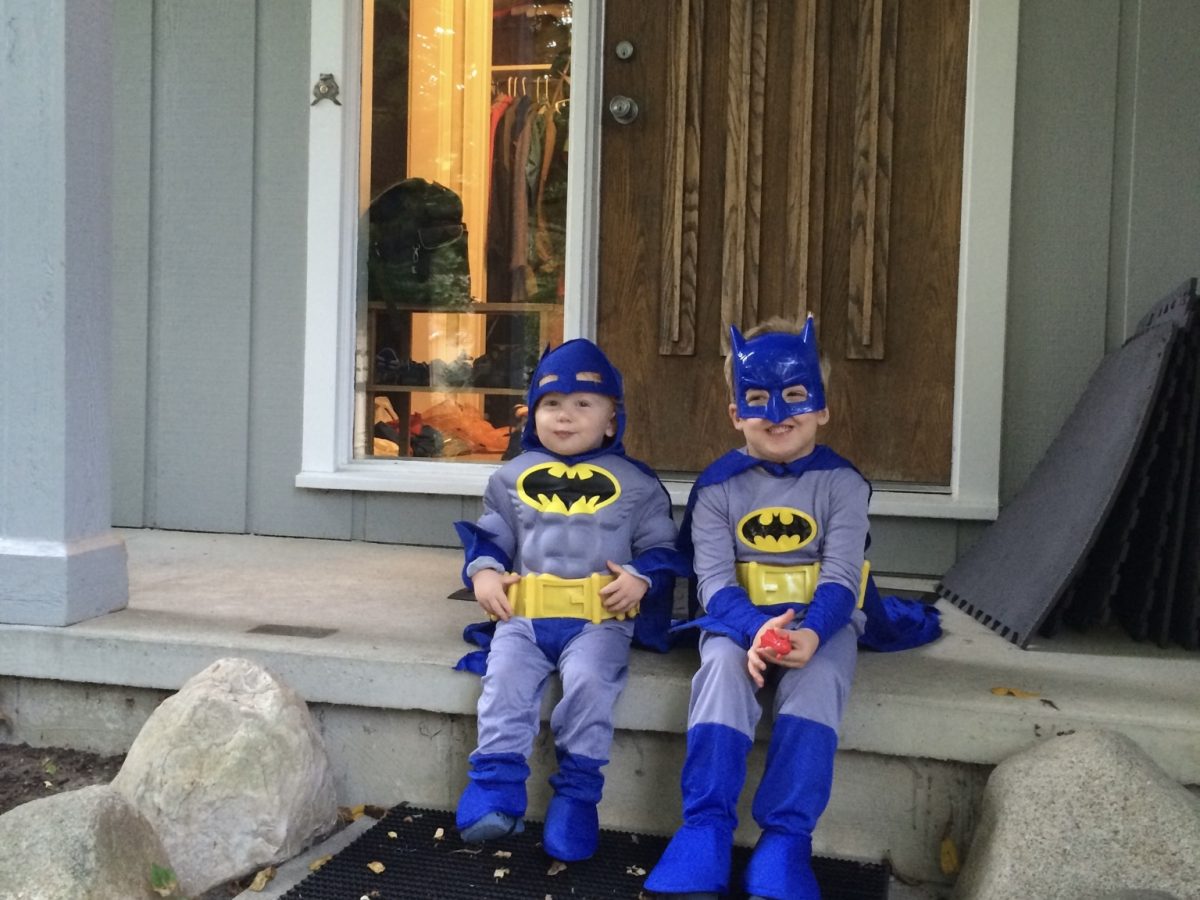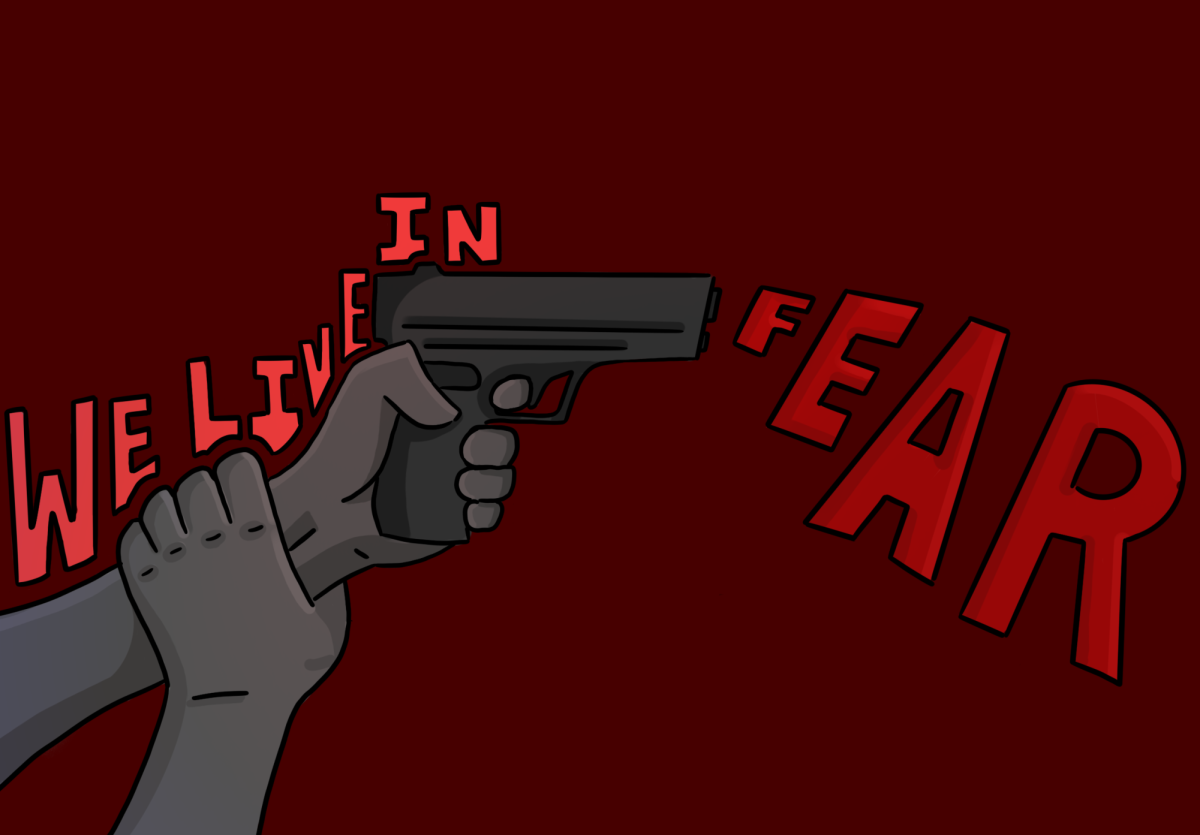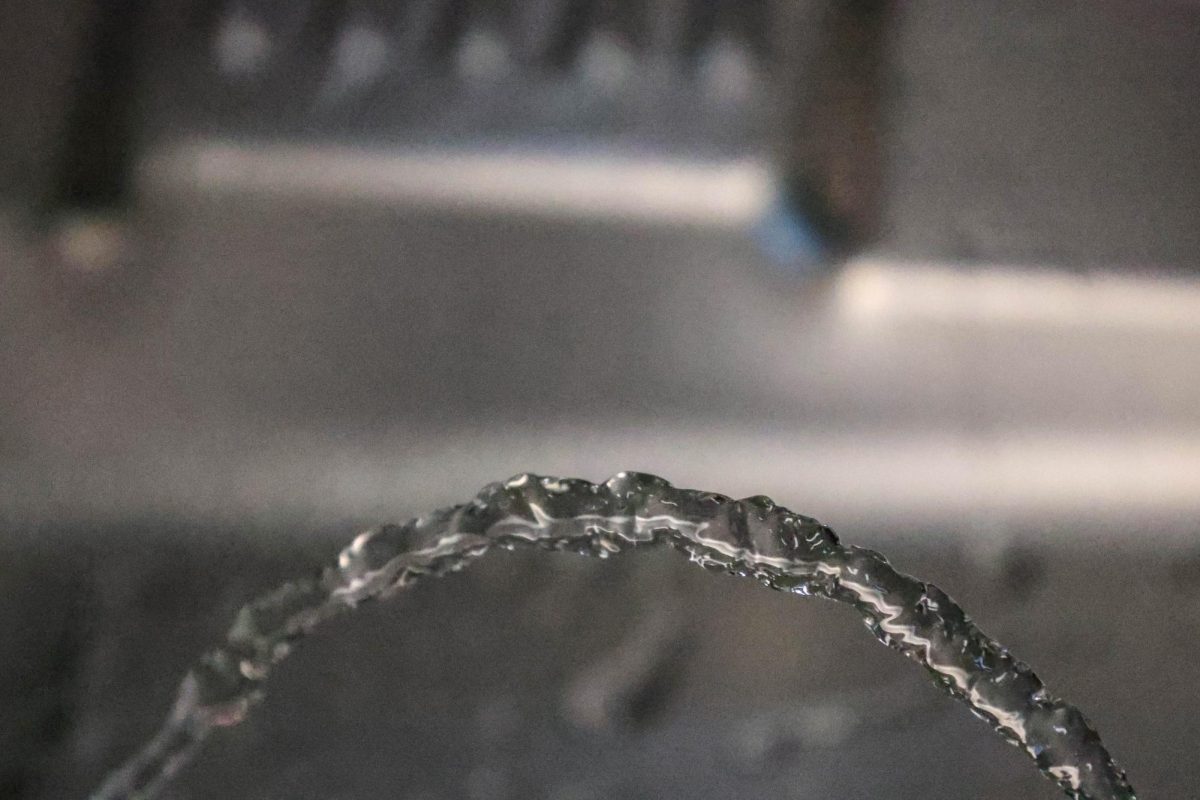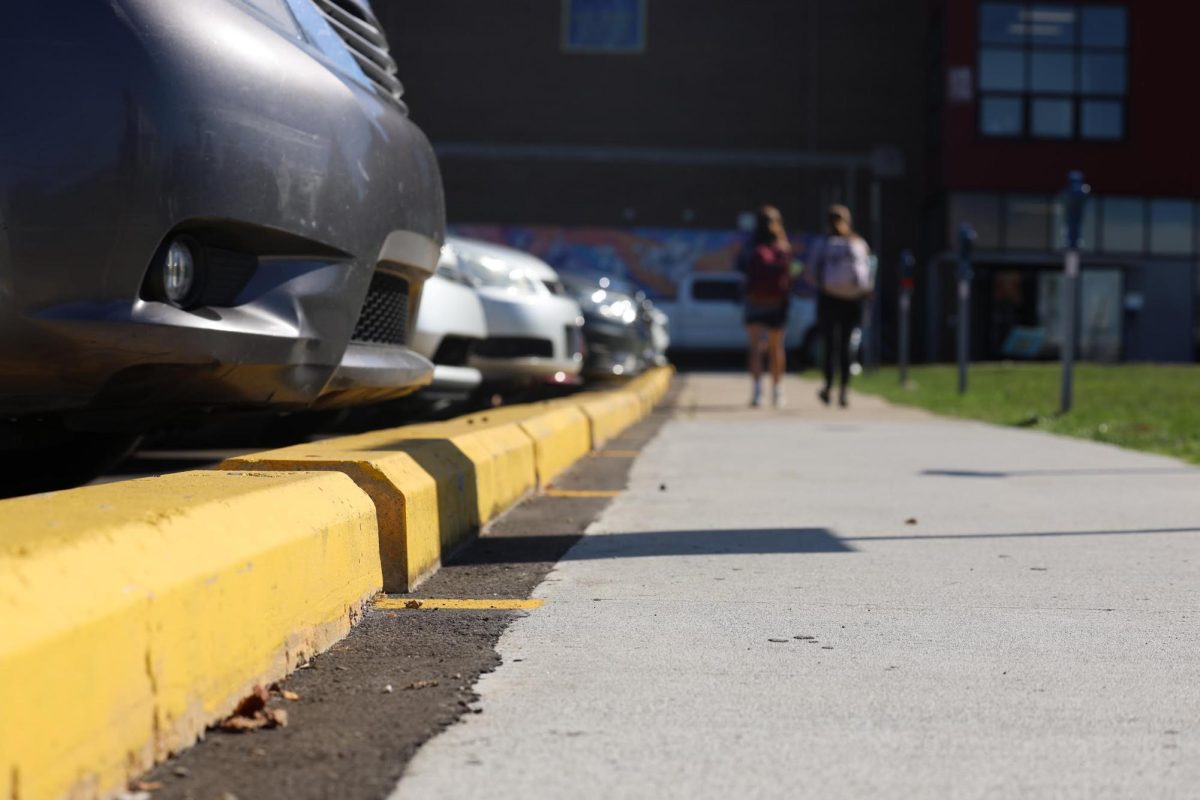We never know what’s going to be an important discovery. Scientists can never be sure if the topic they’re researching is going to change humanity — until it does.
Kaitlin Kariko explored the function and usage of mRNA starting in the late 1990s, focusing specifically on mRNA vaccines. At the time, her research wasn’t acknowledged as important. Her findings were published in lower-tier scientific journals and weren’t widely recognized.
Almost 30 years later, Kariko and her colleagues were finally recognized: the base formula for an mRNA vaccine they created in the 1990s was applied to COVID-19 in 2020. Their discoveries allowed us to defend against COVID-19 in less than 12 months, launching a vaccine for global use more quickly than humans ever have. Kariko finally earned her recognition in 2023 when she won the Nobel Prize in Medicine. The importance of her original discovery didn’t come to light until almost 30 years later.
Ever since I was young, I’ve been curious. I’ve bugged my parents with the “whys” and the hows” no matter the setting. I always had questions and sometimes didn’t even care about the answers, I just liked asking them.
As I grew older, I started to lean more towards finding answers rather than just asking questions. I would sit in science class and listen to my teacher’s lecture while I tried to grasp a concept, whether it was cellular respiration or natural selection. These facts would be talked through during discussions and appear on tests. We would be graded on what we knew, not the questions we asked.
Yet, while we might have learned how a process worked, something in me always came back to fundamental questions of why that process existed and how a discovery was made. And asking these questions made me feel like I was unfamiliar with the topic all over again.
As I’ve thought deeper about these ideas, I realize that in science class, we learn a lot about the results of discoveries, but much less about the process of how a discovery was made. Through years and years of intensive scientific studies, we’ve created an amazing bank of knowledge that allows us deep insights into complex ideas like the timeline of the universe and practical treatments like antibiotics. But how did we get here? How did we make the journey from the unknown to the known?
Things we don’t know are often scary. They can make us feel inadequate or like we should understand more, both of which can be discouraging and uncomfortable. When I don’t know an answer, I avoid it and shy away, but scientists act differently when they see a question without an answer; they’re drawn toward it.
Scientists have to be comfortable being in the unknown. To them, it’s more interesting than the known. At the same time, knowing baseline techniques and concepts is essential to begin discovery. The foundational knowledge can be another’s research or personal knowledge.
“You have to have some aspect that is known that’s your jumping-off point,” Dr. Ann Miller, a Biologist at the University of Michigan, said. “It’s hard to take a giant leap into something that’s totally unknown, so you need some kind of ladder that gets you to the unknown that you can jump from.”
Finding the balance between what you need to know and when you can start researching isn’t a definite line. Instead, experimentation should be integrated. In her classes, Miller makes sure to teach her students the basic foundational material that they need to know before opening the window to discovery. Some of the students she teaches also work in her lab with her, and seeing them connect ideas further always brings a smile to Miller’s face.
Marcy McCormick, science teacher, argues that learning content is important, but when a student is given just enough information that they can solve the problem on their own, it’ll ultimately be a better learning opportunity for them, even if it’s more challenging or frustrating.
Taking science at CHS allows students to connect what they learn each year and bring it to the next level, weaving a web of ideas in their minds. Each year, having a theme that ties all the ideas we’ve learned together helps students visualize how the different sciences work together holistically. McCormick chose CHS for that reason when she was looking for teaching jobs.
“I sought out CHS because of the integrated science program,” McCormick said. “It is unique. It teaches science in a way that is more realistic, because in my opinion, biology and chemistry aren’t standalone disciplines, they work together.”
Another key way to balance the known and unknown is through collaboration. With newfound technologies that bring us together, growing partnerships between scientists are now occurring all around the world. Breakthroughs in science often involve cooperation across fields. The science community can work off of results that may not be significant for one person’s study, but could be the key to another’s.
In the high school classroom, student engagement fuels collaboration. McCormick believes that student voices are important, especially when designing experiments. Students being engaged in class helps students work together on problems.
Miller, on the other hand, works with the students in her lab to find support from outside of her laboratory, usually in the form of scientific papers that are produced by scientists from around the world.
“Every time we’re thinking about starting a new project in my lab, we’re looking at the scientific literature, at what other people have already done,” Miller said. “We’re trying to figure out what questions haven’t been answered.”
Research collaboration is also present in Miller’s labs. There are some things that Miller can study and experiments she can orchestrate other’s can’t do in their systems. This is an example of why collaboration not only across fields but even professions can create profound impacts. Working together allows discoveries from some fields to permeate into others.
Just like teamwork can look different at each stage, science is taught differently at each level. As a high school student, I’m learning the basics and getting information thrown at me. I’m learning how to set up and clean up a lab, how to interpret data and understand basic scientific principles, like the periodic table and photosynthesis. In school, working on projects bridges my creative and academic sides together while allowing me to have fun in class and learn alongside my friends.
At the collegiate level, Miller teaches her undergraduate class in cell biology. They learn the language and terms of cell biology, but Miller and her co-teachers always encourage interest in discovery and getting involved in lab work. She encourages her students to change their way of thinking of scientists as they embark on discoveries, changing the way they look at problems.
“Students have to shift their perspectives from learning things that we already understand, like textbook knowledge, to focusing on things we don’t really understand,” Miller said. “We’re trying to have graduate students think about the most pressing unknowns so that they can do that kind of research for their thesis project and get their PhD.”
In those introductory classes, Miller is adamant about emphasizing the importance of introducing the scientist behind the science. Talking about these individuals highlights diversity in the science field and can humanize science by learning about the people who are actively working in these fields.
“In textbooks, we often see some old white gentlemen who have made a lot of discoveries,” Miller said. “But there are scientists all over the world who are making important discoveries and from a lot of different backgrounds. We try to help students see that the scientists who are making important discoveries are just normal people like they are.”
Science has become an interest of mine. It’s taught me to think in a different way, taking in multiple angles and carrying on when the task at hand is difficult. Science is all about persevering through the wild unknowns. If Kariko hadn’t believed in her work, the COVID-19 vaccine wouldn’t have been realized so soon.
“The power of science is exploring the unknown,” McCormick said. “I love that in science, there are still so many unknowns because it means that anyone could potentially discover something new.”
Miller is in agreement, believing anyone with practice and training could make important contributions to understanding scientific topics.
When Kariko won her Nobel Prize last year, she wrote, “Science, at its best, is about asking questions, trying things, and going wherever that inquiry takes you. It requires walking into the unknown — the unknown is the very point!”
The unknown involves venturing into areas where knowledge is limited. Science celebrates the adventurous spirit and creativity, encouraging an open-minded approach to learning and discovery. There’s so much that’s yet to be discovered, and each day, scientists get closer to making our world a little less unknown.





